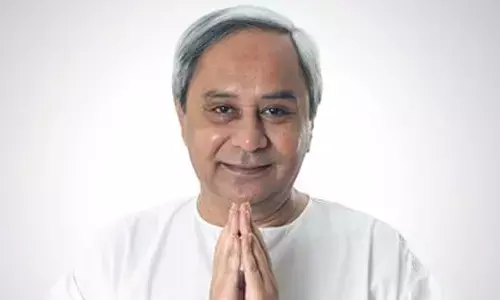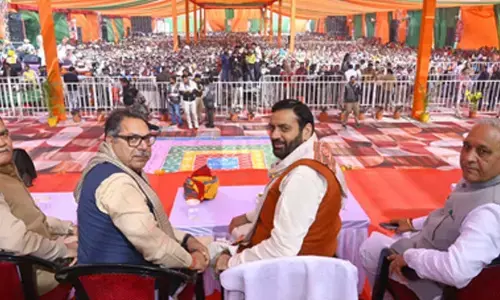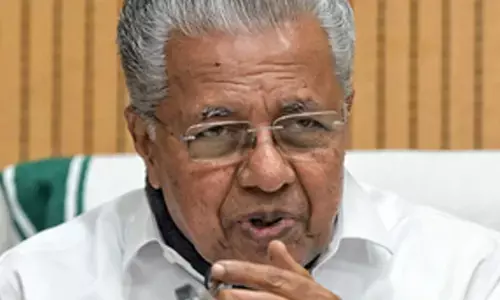How to pick right fund?

Before even considering investing in MF, the investors should do a brainstorming about what their goals are and then see if the investment objective of the fund is suitable.
Before even considering investing in MF, the investors should do a brainstorming about what their goals are and then see if the investment objective of the fund is suitable. Please do remember that there are no good or bad investments but only best suited/fit or not? It’s all similar to getting the right size and fit clothing.
It’s a known fact that mutual funds (MF) are probably the best vehicle of investment in equities for beginners and/or seasoned investors. The benefits of professional money manager, low costs, variety and ease make MF the preferred route of not just equity investments but even in debt category. The only concern is identifying the right fund to invest which is relatively a tougher job and would require assistance. But, there are basic principles to be followed by an investor to pick the right funds.
Investors are spoilt for choice and such large & varied options only add further complexity to the decision making. So, should they just pick the best performing MF at that given point of time or follow a friend who has done an earlier successful investment? No. Let me explain with an analogy. While purchasing clothes, we don’t just go to a shop and grab whatever is nearby or whichever is available. But, we would look for the preferred color, the budget, the right fit and size, may also check for the brand, before making the purchase. Similarly, each fund comes up with certain parameters and characteristics which is well defined in their investment objective.
Investment objective is like a guideline for any fund which outlines the way the fund would be invested, where the fund would be invested and how it would be managed. For instance, a diversified equity fund’s investment objective would describe that to generate long term capital appreciation in a portfolio that’s predominantly invests in equity and equity related securities diversified across the stock market. This thus throws out the investment horizon which is long term in nature i.e. could be 10 years or more while the investment would be spread across the breadth of the market as it didn’t stick to a particular capitalization-based company and most or all of the investments stick to equity-oriented securities only.
So, how does this help the investors? Similar to the clothing purchase, the investors should be aware of their own objective (why the investment is being done), budget (how much to invest), asset allocation (which kind of securities to pick and how much in each), risk appetite (the risk one is comfortable with) and time horizon (the tenure one would like to stick with an investment).
Likewise, the strategy to arrive at the right fund actually should start from self, it’s an extension of one’s goal which is to do with the why of investing at the first place. Hence, before even considering investing in MF, the investors should do a brainstorming about what their goals are and then see if the investment objective of the fund is suitable. Please do remember that there are no good or bad investments but only best suited/fit or not? It’s all similar to getting the right size and fit clothing.
Of course, once the investment objective is well understood and fits with the personal goal/objective, investors should then check for other parameters of the fund like the performance, consistency and costs. Though, past performance is not a guarantee of future returns, it helps one to comprehend how the fund interacted with the market at a given point i.e. it’s like a case study. However, performance is just unidimensional, but consistency is what would allow you to better judge.
When I meant by consistency, it’s the fund’s performance during various periods of downturn or uptrend and of course, these measures are captured in through the fund factsheet with the quantitative indicators of Standard Deviation, beta, Sharp Ratio and R Squared, etc. Also, thanks to the MF categorization by SEBI the comparison of these funds across their category has become easier. The other parameter to be considered is the costing.
NAV, the Net Asset Value is the price at which you buy or sell the units, but the arrival of this figure is critical. If higher costs are involved it would eat into the investor’s capital so that the cost of return increases. This turns acute in debt funds where even a smaller percentage of additional cost would eat away the returns of the investors. Investors are thus required to keep an eye on the costing before taking a call. Ideally, take help of an advisor who would help consider all these parameters and explain you the rationale before picking any fund.
(The author is co-founder of “Wealocity”, a wealth management firm and could be reached at [email protected])
K naresh Kumar















